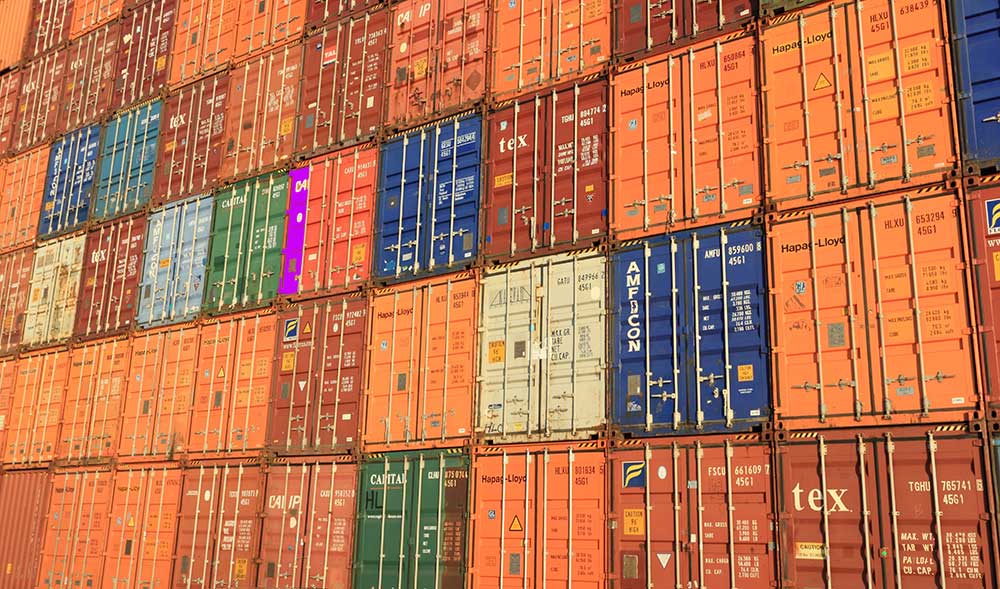If you’re planning to import or export goods, you’ve probably heard of customs duties and tariffs. But what exactly are these fees and how are they calculated? In this guide, we’ll take a comprehensive look at customs duties and tariffs to give you a better understanding of their purpose, types, and how they’re enforced.
What are Customs Duties and Tariffs?
Customs duties and tariffs are fees that governments impose on imported or exported goods. The fees are charged to help regulate international trade and protect domestic industries. They are calculated as a percentage of the value of the goods being imported or exported, and the applicable rate varies depending on the type of goods and the country of origin or destination.
Definition of Customs Duties
Customs duties are taxes that are levied on a product when it is imported into a country. The purpose of customs duties is to protect domestic industries and generate revenue for the government. Customs duties are an important tool for governments to use in order to balance the trade deficit. When a country imports more goods than it exports, it can lead to a trade deficit which can negatively impact the economy. By levying customs duties on imported goods, a government can help to reduce the trade deficit and protect domestic industries from being undercut by cheaper foreign goods.
Definition of Tariffs
Tariffs are taxes that are levied on a product when it is exported from a country. The purpose of tariffs is to ensure fair competition and protect domestic industries from foreign competition. Tariffs can also be used as a tool for governments to encourage the growth of domestic industries. By imposing tariffs on certain goods, a government can make it more expensive for foreign companies to compete with domestic companies, thereby giving the domestic industry a competitive advantage.
The Purpose of Customs Duties and Tariffs
The primary purpose of customs duties and tariffs is to regulate international trade in a fair and balanced way. They protect domestic industries from being undermined by cheap foreign goods, and they also ensure that foreign industries are not exploited by unfair trade practices. These fees also generate revenue for governments, which can be used to fund various initiatives such as infrastructure projects, education, and healthcare.
Customs duties and tariffs have a significant impact on global trade and can sometimes lead to trade disputes between countries. For example, if one country believes that another country’s customs duties or tariffs are unfairly targeting their exports, they may file a complaint with the World Trade Organization (WTO) or retaliate by imposing their own tariffs. These disputes can have far-reaching consequences for the global economy and can sometimes even lead to trade wars.
It’s important to note that customs duties and tariffs are not the only tools that governments use to regulate international trade. Other tools include quotas, embargoes, and subsidies. Each tool has its own advantages and disadvantages, and governments must carefully consider which tools to use in order to achieve their trade policy goals.
In conclusion, customs duties and tariffs are an important part of international trade regulation. They help to protect domestic industries, ensure fair competition, and generate revenue for governments. However, they can also lead to trade disputes and must be used carefully in order to avoid unintended consequences.
Types of Customs Duties and Tariffs
Customs duties and tariffs are an important source of revenue for governments around the world. They are used to regulate trade, protect domestic industries, and generate income for the state. There are several types of customs duties and tariffs, each with its own application and calculation method. Understanding these types is essential for anyone involved in international trade.
Ad Valorem Duties
Ad valorem duties are a percentage of the value of the product being imported or exported. They are calculated based on the customs value of the goods and are the most common type of customs duty. Ad valorem duties are used to protect domestic industries from foreign competition and to generate revenue for the government. They are also used to regulate trade by making certain products more expensive to import than others.
For example, if a country wants to protect its domestic steel industry, it may impose an ad valorem duty on imported steel. This would make imported steel more expensive and less competitive with domestic steel. The duty rate would be a percentage of the value of the imported steel, which would be calculated by customs officials based on the customs value of the goods.
Specific Duties
Specific duties are a fixed amount that is charged per unit of the product being imported or exported. The tax rate is not based on the value of the goods but rather on specific product characteristics such as weight, volume, or quantity. Specific duties are used to protect domestic industries from foreign competition and to generate revenue for the government. They are also used to regulate trade by making certain products more expensive to import than others.
For example, if a country wants to protect its domestic sugar industry, it may impose a specific duty on imported sugar. This would make imported sugar more expensive and less competitive with domestic sugar. The duty rate would be a fixed amount per unit of sugar, which would be determined by customs officials based on the weight or volume of the sugar being imported.
Compound Duties
Compound duties are a combination of both ad valorem and specific duties. For example, a duty may be set at a specific amount per unit plus an additional percentage of the value of the product being imported or exported. Compound duties are used to protect domestic industries from foreign competition and to generate revenue for the government. They are also used to regulate trade by making certain products more expensive to import than others.
For example, if a country wants to protect its domestic textile industry, it may impose a compound duty on imported textiles. The duty rate would be a fixed amount per unit of textile plus an additional percentage of the value of the imported textiles. This would make imported textiles more expensive and less competitive with domestic textiles.
Tariff Quotas
Tariff quotas are a special type of duty that is imposed on a specific quantity of imported or exported goods. If the amount exceeds the quota, the tax rate will increase. If the amount is less than the quota, the tax rate will be lower. Tariff quotas are used to regulate trade by limiting the amount of a particular product that can be imported or exported.
For example, if a country wants to protect its domestic dairy industry, it may impose a tariff quota on imported cheese. The quota may be set at a certain amount of cheese that can be imported at a lower tax rate. If the amount of imported cheese exceeds the quota, the tax rate will increase, making it more expensive to import cheese. This would make domestic cheese more competitive with imported cheese.
In conclusion, customs duties and tariffs are an essential part of international trade. They are used to regulate trade, protect domestic industries, and generate revenue for the government. Understanding the different types of customs duties and tariffs is important for anyone involved in international trade.
How Customs Duties and Tariffs are Calculated
The calculation of customs duties and tariffs can be complex and depends on various factors such as the type of goods being imported or exported, the country of origin or destination, and the applicable rate. However, the basic process involves:
Determining the Customs Value
The customs value is the value of the goods being imported or exported. It includes the cost of the goods, insurance, and freight charges. The customs value is used to calculate the ad valorem duties and other taxes that are based on the value of the goods.
For example, if you are importing a shipment of electronic devices from China, the customs value would include the cost of the devices, the cost of shipping them to your destination, and any insurance costs associated with the shipment.
It is important to note that customs officials may examine the shipment and adjust the declared value if they believe it is inaccurate or undervalued.
Applying the Appropriate Duty Rate
The duty rate that applies to the imported or exported goods depends on the country of origin or destination, and the type of import or export being made. The rate can vary depending on specific agreements and treaties that the countries have signed with each other.
For instance, if you are importing textiles from India to the United States, the applicable duty rate may be different than if you were importing electronics from Japan to the United States. This is because different countries have different trade agreements and tariffs with one another.
Factoring in Additional Taxes and Fees
Other taxes and fees, such as value-added tax (VAT), excise duties, and administrative fees may also be charged on top of the customs duties and tariffs. The total amount of fees and taxes will depend on the jurisdiction and type of goods being imported or exported.
For example, if you are importing alcohol into the United States, you may be subject to additional excise duties and taxes, as well as administrative fees. These fees and taxes are designed to ensure that the products being imported meet certain safety and quality standards.
In addition to these fees and taxes, it is also important to consider the cost of compliance with customs regulations. This may include hiring a customs broker or freight forwarder to help navigate the complexities of customs procedures and documentation.
Overall, the process of calculating customs duties and tariffs can be complex and time-consuming. However, by understanding the basic process and working with experienced professionals, importers and exporters can ensure that they are in compliance with all applicable regulations and are able to move their products across borders with ease.
The Role of Customs Authorities
Customs authorities play a crucial role in regulating international trade and enforcing customs duties and tariffs. Here are some of the key functions they perform:
Customs Clearance Process
The customs clearance process involves several steps that must be completed before the goods can be released into the country. These steps include submitting import/export documents, paying the customs duties and tariffs, and passing through inspections and audits.
Inspections and Audits
Customs authorities may conduct inspections and audits to verify that the goods being imported or exported comply with the applicable laws and regulations. These checks help prevent illegal activity such as smuggling and ensure the safety and quality of the products.
Enforcement of Customs Regulations
Customs authorities have the power to enforce customs regulations and impose penalties on individuals or companies that violate them. They may seize goods, issue fines or even pursue legal action against the violators.





